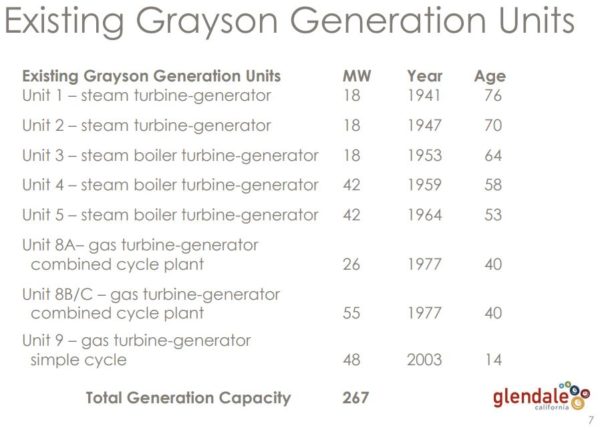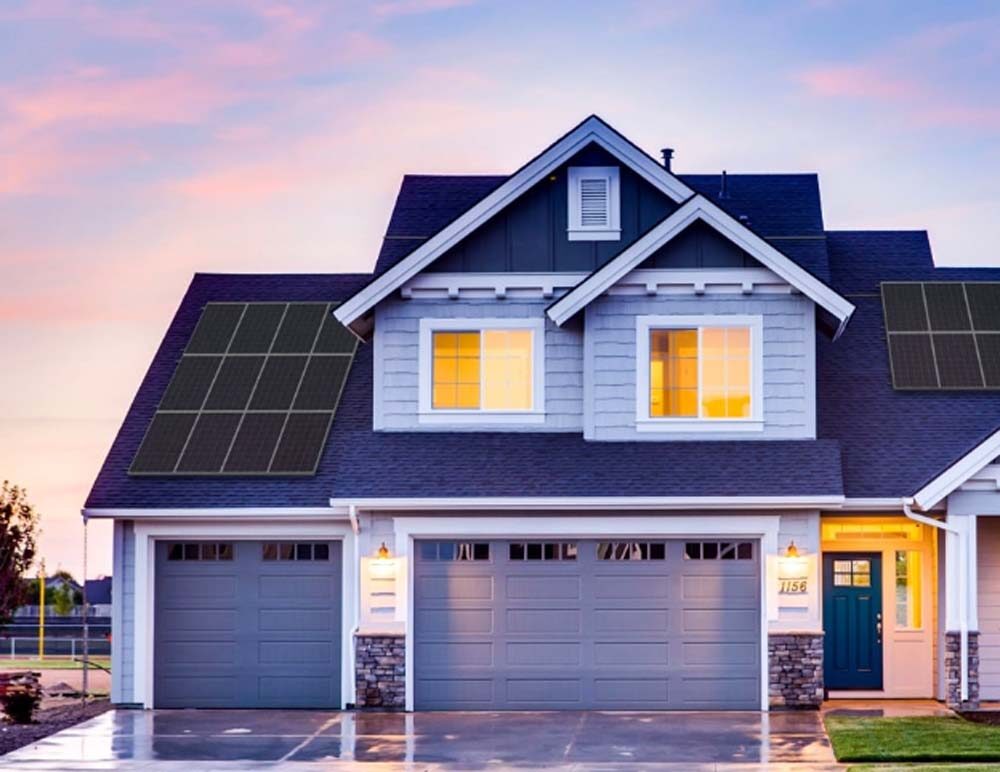As yet more evidence of a revolution in our midst, last week the City Council of Glendale, California voted 4-1 to explore whether renewable energy plus storage could meet the city’s future energy needs better than the municipal utility’s proposed repair and upgrade of a nearby 80 year old gas plant. Reports on the topic are due to the council in 90 days.
Many arguments were put forth by the residents in search of alternatives to continuing use of the Grayson Power Plant. An Environmental Impact Report suggested that continuing the plant with the upgrades would increase local smog and produce an additional 415,000 metric tons of CO2 per year.
In the Los Angeles Times, Glendale Mayor Zareh Sinanyan expressed concerns over the lack of consideration of other options.
Everything in (the electricity utility procurement report) is colored by the fact that no independent, unbiased study of the alternatives was conducted.
There is also a disagreement on the appropriate amount of capacity that ought be built. Some are suggesting that Glendale Water & Power is attempting to oversize requirements in order to lock the community into a larger, longer-term financial agreement.
The most recent plan submitted was for a 262 MW upgrade to the 186 MW power plant, whose overall new volume would peak at 310 MW (the current peak is 267 MW). An analysis submitted recently suggested that instead 200 MW of generation would suffice.

During the public comment period community members also pointed out that during the three years of predicted downtime while the power plant is rebuilt, only 75 MW of power is needed as per a contract with the Los Angeles Department of Water and Power.
The upgrade is expected to cost $500 million.
There is much recent evidence to suggest that developers could offer cost-effective clean energy solutions – say for instance a 350MW solar+storage plant in the California desert – and that these projects would be more cost effective. Residents expressed an interest in this alternative, with many references made to Tesla’s installation at Southern California Edison’s Mira Loma substation in nearby Ontario.
A 310 MW gas power plant running at 60% capacity factor would be roughly equal to 400 MW of solar plus 150 MW of wind with 25% and 40% capacity factors, respectively.
This content is protected by copyright and may not be reused. If you want to cooperate with us and would like to reuse some of our content, please contact: editors@pv-magazine.com.








How would a desert solar and wind plant overcome the transmission limitations in getting power to Glendale?
Already Glendale imports significant amount of electricity via powerlines. A solar power developer in the desert could work very hard to upgrade infrastructure between itself and a location in need. The city was planning on buying electricity during the three years of refurbishment from an outside source also.
Another option would be the production of solar panels at Grayson to be sold and installed in the residents and businesses’ roofs. GWP could buy solar panels from other companies in the US and complete the manufacturing doing only the back-end of the panels at Grayson, use only the new technology gas turbine built in 2003 and invest in storage. It takes time and effort to move forward in terms of energy production. But this is how we evolve as a society.